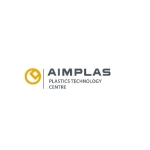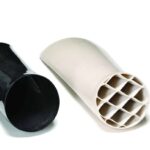AIMPLAS, Plastics Technology Centre, offers solutions to companies of the plastics industry: R&D projects, analysis and testing, technical assistance, competitive intelligence and training.
The Plastics Technology Centre, announced it is taking part in the project ECOXY, coordinated by CIDETEC – an organization for applied research that integrates three international reference institutes in the fields of energy storage, surface engineering and nanomedicine – to develop reinforced composites meeting the strict requirements of the construction and the automotive sectors, with the advantage that they are repairable, reprocessable and recyclable.
Fibre-reinforced composites are materials of great interest to the construction and the automotive industries because of their low weight and the excellent mechanical properties. But there are some disadvantages related to the high cost and the environmental impact. Many are not repairable or recyclable and most of the polymers and reinforcements used in their manufacturing come from non-renewable sources or require a very significant energy expenditure.
A goal of project ECOXY is to develop new epoxy resins and reinforcements for the construction and the automotive sectors that are more environmentally-friendly and more economically competitive. For that purpose, new resin formulations are being used that are dynamic, allow the repair, the reprocessing and recycling of materials.
13 partners from eight different countries are taking part in the project which began last June and will be completed in November 2020. ECOXY has been funded by the Joint Technology Initiative on Biobased Industries within the EU H2020 research and innovation programme.











